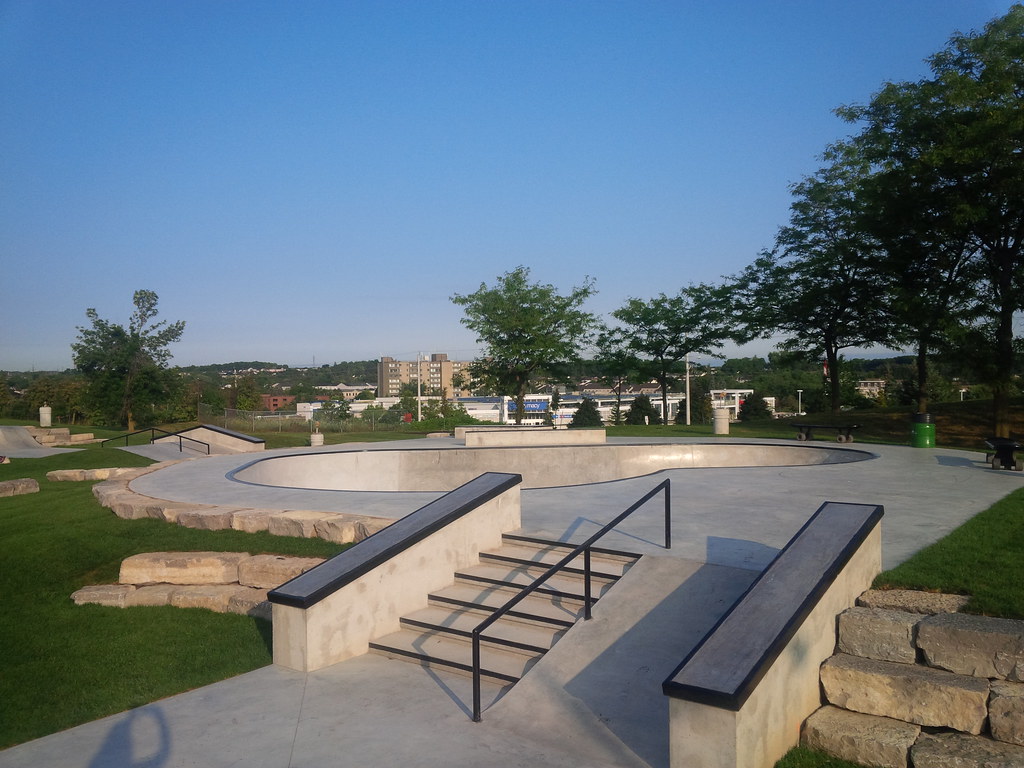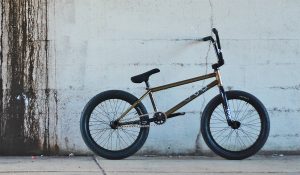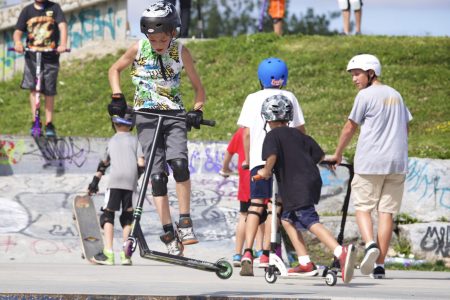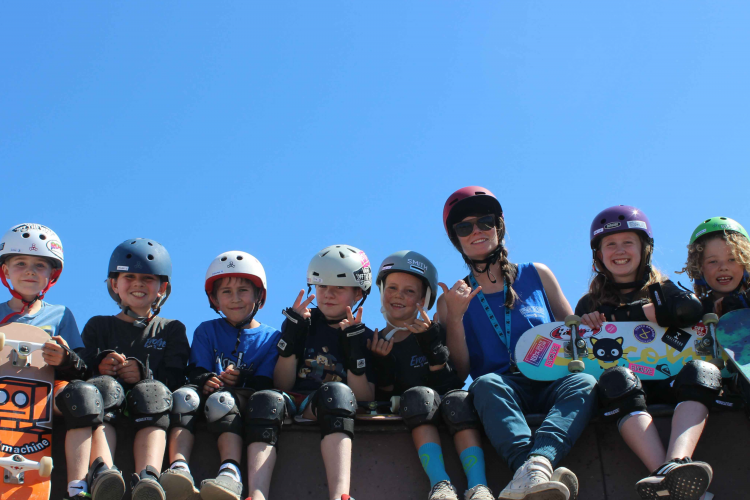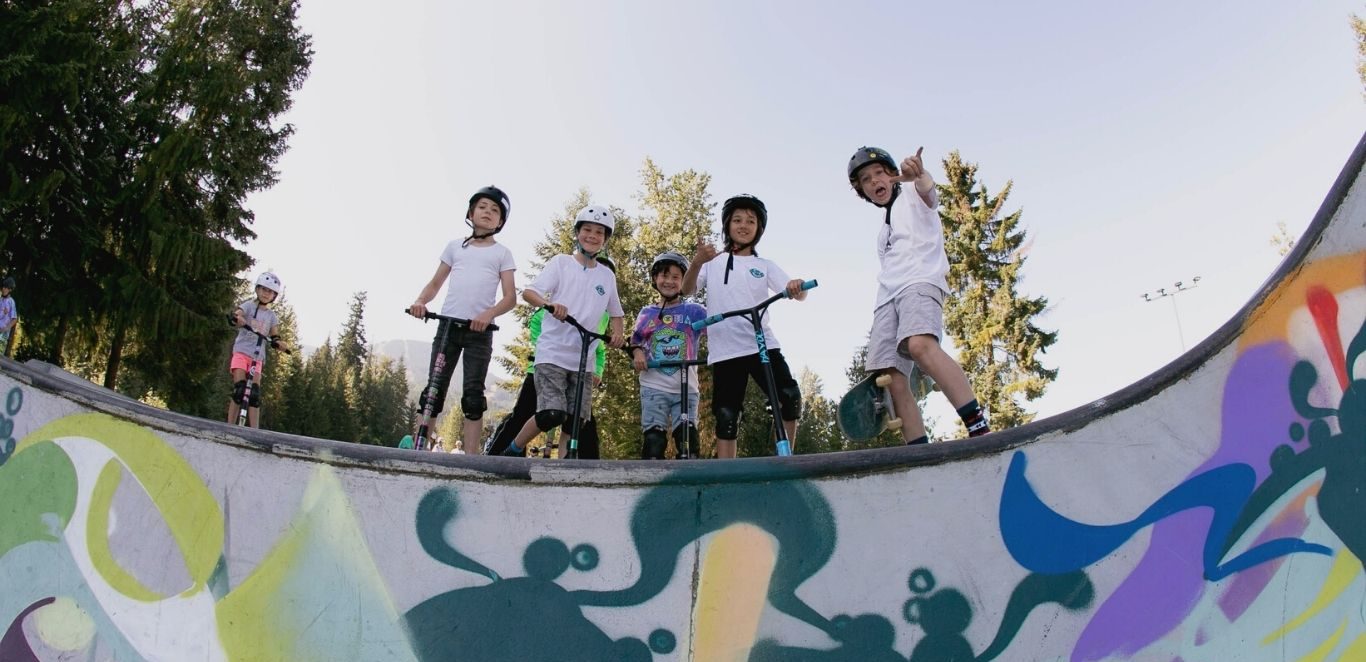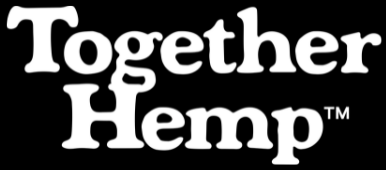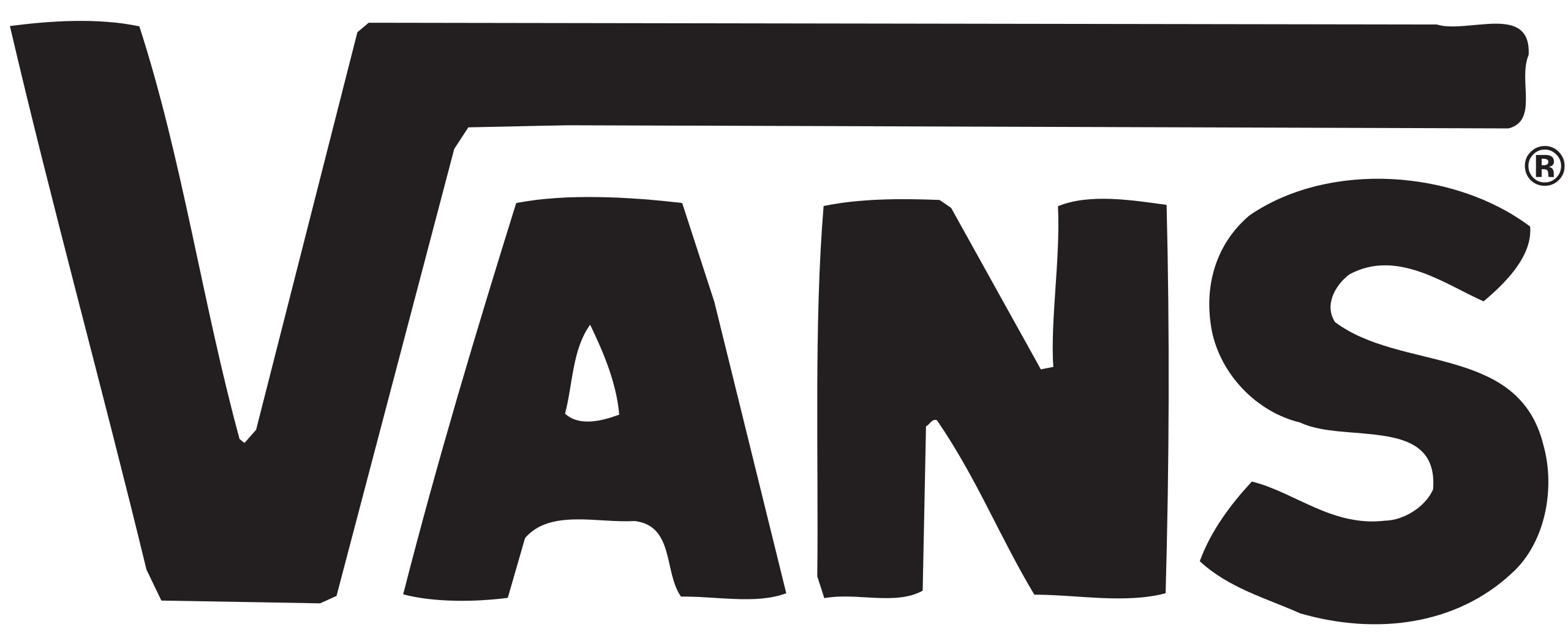As professional skateboarding legend Mike Vallely put it, you can skateboard anywhere.
Since their inception, skateparks have done their best to mimic the terrains that skateboarders, as well as all other action sports participants, seek out organically in urban settings.
As with most other aspects of skateboarding et al, the evolution of skateparks, and by extension skatepark obstacles, bred a unique vocabulary to classify the various obstacles found within the park. Some of these terms are clear; others… not so much.
For newcomers to action sports, it can be easy to lose track, and to become frustrated trying to figure out the nuanced differences between these terms.
That’s why this week on the Evolve blog we’re offering up a comprehensive glossary of the names and definitions of the major obstacles you’re likely to come across in any given skatepark, so that even if you’re not sure what the trick you’re trying is called, you’ll at least know what it is you’re trying it on.
Transition
To start things off, let’s talk about the earliest type of skatepark obstacle: transitions.
“Transition” is a broader term to classify any ramps at a skatepark that curve as they get higher, or transition from flat to (eventually) vertical. These types of ramps were originally designed to mimic the swimming pools that skaters in the 1970s were frequenting. As time went on, however, these skatepark pools evolved into multiple different transition ramps.
Generally, transition ramps have a rounded metal or concrete lip at the top, known as coping (a term borrowed directly from swimming pool construction), and a flat deck on which to stand while waiting to take your run. The most common transition ramps are:
Halfpipe
A ramp in which two transition ramps face one another with a flat bottom between them, creating a U shape, or one half of a bisected pipe shape.
Quarterpipe
A single transition ramp with a single wall.
Hip
A single transition ramp with two walls facing outward from one another.
Spine
A single ramp consisting of two quarterpipes that meet at the lip and face opposite one another
Bowl
An enclosed ramp consisting of transitioned walls along all sides. Bowls can feature any number of configurations of flat walls, corners, hips, and spines of varying heights.
Vert Ramp
A halfpipe whose walls become vertical toward the lip. Typically a vert ramp is 12 to 16 feet tall.
Mini Ramp
A non-vertical halfpipe. Mini ramps can range in size from 2 to 6 feet tall.
Flat Banks
Flat bank is the term used for any uncurved ramp at a skatepark. Flat banks can be built at nearly any size and angle, and are as much their own obstacle as they are an element of larger obstacles. The most common obstacles that use flat banks are:
Kicker
A flat bank with no deck meant to launch off of.
Hip
Similar to a transition hip, but with flat banks in place of quarterpipes.
Pyramid
Four hipped flat banks built in the shape of a pyramid that have little to no deck on top.
A-Frame
Two flat banks faced end-to-end. Often feature other elements to grind or slide.
Funbox
Any configuration of flat banks with a large deck connecting them. Often feature other elements.
Euro Gap
A flat bank with a gap between the top of the ramp and the deck on top, sometimes consisting of a small set of stairs.
Rails and Ledges
Rails and ledges are any grindable or slidable elements that are meant to mimic street terrain, and are often built into other obstacles such as A-frames and funboxes. Rails are typically a single narrow piece of either round or square metal, while ledges are wider on top, and can be made of a variety of materials. The most common rails and ledges are:
Flatbar
A rail that remains a single consistent height from start to finish.
Down Rail
A rail set on an incline.
Handrail
A taller down rail, typically attached to a set of stairs.
Manual Pad
A low, wide ledge. Typically between 4 and 8 inches tall.
Flat Ledge/Box
Taller, and sometimes narrower than a manual pad.
Hubba
A ledge set on an incline, typically down a flat bank or set of stairs.
Pole Jam
A metal pole set at an angle, starting from the ground.
Miscellaneous Street Obstacles
Many skateparks will often incorporate obstacles in their design that don’t quite fit into the categories that we’ve mentioned above. These obstacles, like most of what we have already listed, are designed to mimic elements found in urban settings. The most common miscellaneous street obstacles are:
Stairs
Typically classified by how many steps are in the set. (eg. 5-set, 10-set, etc.) Larger-than-normal steps are counted as blocks (eg. 3-block, 4-block, etc). Stair sets with a landing in the middle are known as double sets, and are counted slightly differently from a standard set (eg. 3-flat-3, etc.).
Wallride
A flat wall or flat bank set at a near-vertical angle, sometimes with a flat bank or transition leading into it.
Jersey Barrier
A replica of the concrete traffic barriers most commonly seen on highways.
Picnic Table
A replica of a picnic table. Typically slightly smaller than a standard-size picnic table.
Get Acquainted with All the Major Skatepark Obstacles with Evolve!
Now that you’re familiar with everything you might come across at a skatepark, why not put your knowledge to good use by booking an upcoming session with Evolve?
Evolve offers programs that give kids the opportunity to hone their skills at skateparks across the GTA, Calgary, and Vancouver in a safe, supportive, and fun atmosphere.
Spring sessions are already underway, and spaces are limited, so sign up now to reserve your spot, and get a chance to test your skills at the best skateparks near you!
